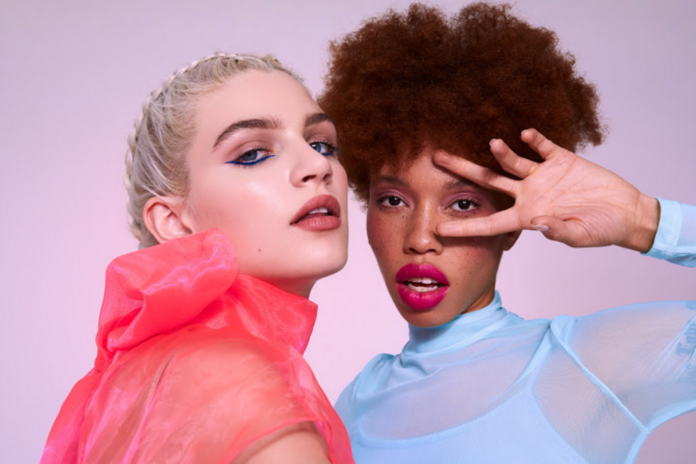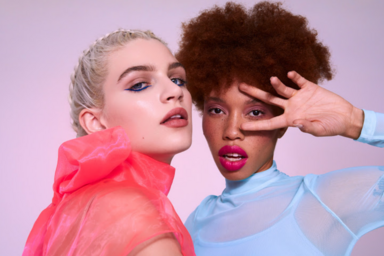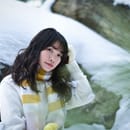You may have noticed that since the outbreak of the epidemic, people have begun to wear masks more often, which has resulted in a phenomenon in which women’s makeup frequency has decreased and led to a major effect on fashion patterns. Based on the study of the evolutionary history of women’s makeup, researchers have concluded makeup shifts in the last 100 years on the aspect of the historical turns as well as celebrity influence.
1920
The dark and intense eye makeup of the 1920s is a defining feature of the decade’s makeup. This fashion trend started in the 1920s when a deluge of women began to wear make-up. At that time, women won the right to vote in the early 1920s, and an increasing number of women joined the labor market.
1930
Eye shadows of green, purple, and blue shades with thin eyebrows, and black eyeliner and mascara, became common in the 1930s. This is a movement that was led by Hollywood actresses. The reason being is that people flocked to the cinema to avoid the grim reality of the stock market crash of 1929 and the Great Depression that followed.
1940
Makeup in the 1940s was more natural, with fuller brows and lighter eyeshadows. The use of beige or light brown eyeshadow became fashionable. This is due to the fact that during World War II, men went to the frontline and women went to work in factories, and makeup was more practical and low-key.

1950
Pink makeup became common in the 1950s, along with colors like green, blue, and yellow became popular at the time. Orange lipstick had become common for people with creamy skin tones. Eye makeup has also been re-enhanced. The brows have become complete and clear, and the black, cat-like eyeliner is combined with a large amount of mascara. This pattern has been adopted by a slew of Hollywood actors.
1960
In the time of 60s, music was new and gritty at the time – thus, fashion became more daring. The Beatles popularized long hair for people, and model Twiggy popularized thick eye makeup. Twiggy is known for her signature short hair, large eyes, and long lashes. Her make-up was a huge part of the fashion world at the time.
1970
To meet people’s desire for beauty, more “natural ingredients” were introduced to cosmetics in the 1970s. Bronze polish started to be used in large amounts in makeup, and pearl powder became popular as a way to make people appear healthier and shinier by highlighting the cheekbones.
1980
Hair and makeup were exaggerated in the 1980s. Women started to make a big deal about eye makeup after the revival of disco music and rapid economic growth. This decade has seen a lot of colored mascara and shiny, bold lips. The most common colors are red, pink, and orange.

1990
The decade of the 1990s seemed to be a reaction to the excess fashion of the 1980s. Fashion designers started to return to smooth lines and neutral colors. Meanwhile, makeup began to return to minimalism.
2010
The use of highlight powder to form facial contours, full eyelashes, and richer and deeper smoky eyeshadows on the eyes was common in the 2010s.
2020
The year 2020 ushers in a new age of skin rejuvenation and nude makeup. People are increasingly reducing their outing frequency and spending more and more time at home as a result of the epidemic, which has forced people to change their attention from makeup to skincare and brought more low-key beauty styling.
In conclusion, current celebrities, the advancement of the makeup industry, world events, mainstream social media, actors and artists, and other factors have the greatest impact on trends. Fashion, on the other hand, only reacts to changes in popular culture rather than describing them. As a result, we’re more inclined to believe that fashion and beauty trends follow an endless cycle. However, regardless of how the movement evolves, it is only a means for people to express themselves, so their own feelings take precedence. In an age where people are fooled by ever-changing public makeup trends and unified expectations of beauty, you must keep in mind that no one else could define you. Instead of catering to others’ tastes, stay true to yourself, and you are the best one ever in this world.



